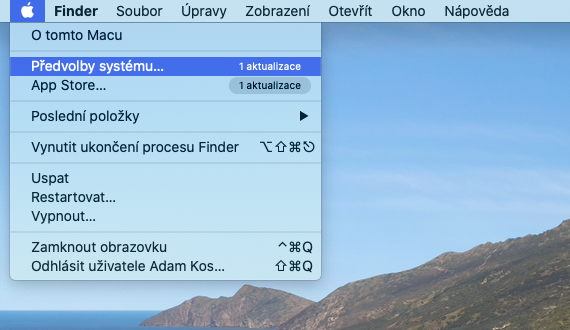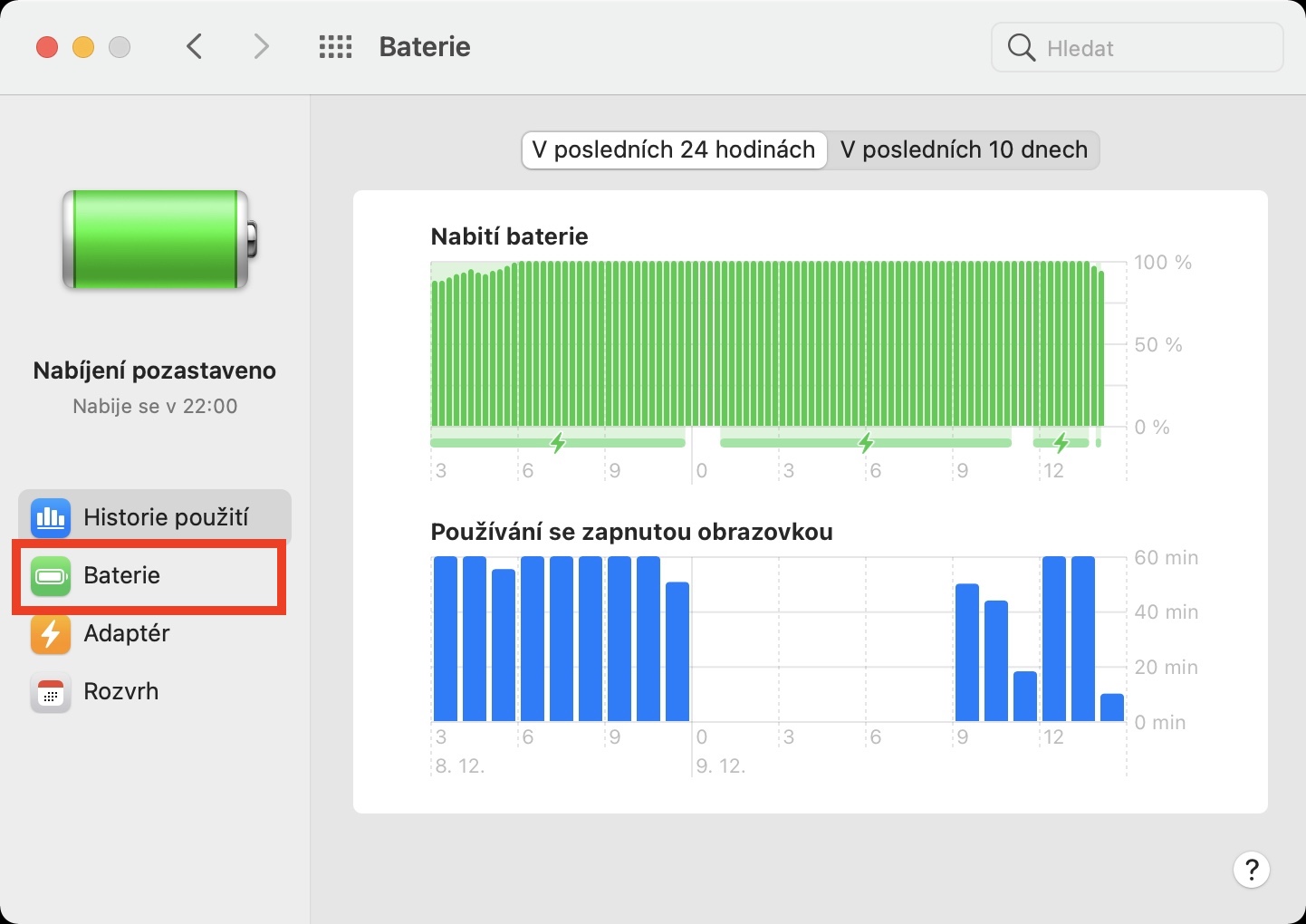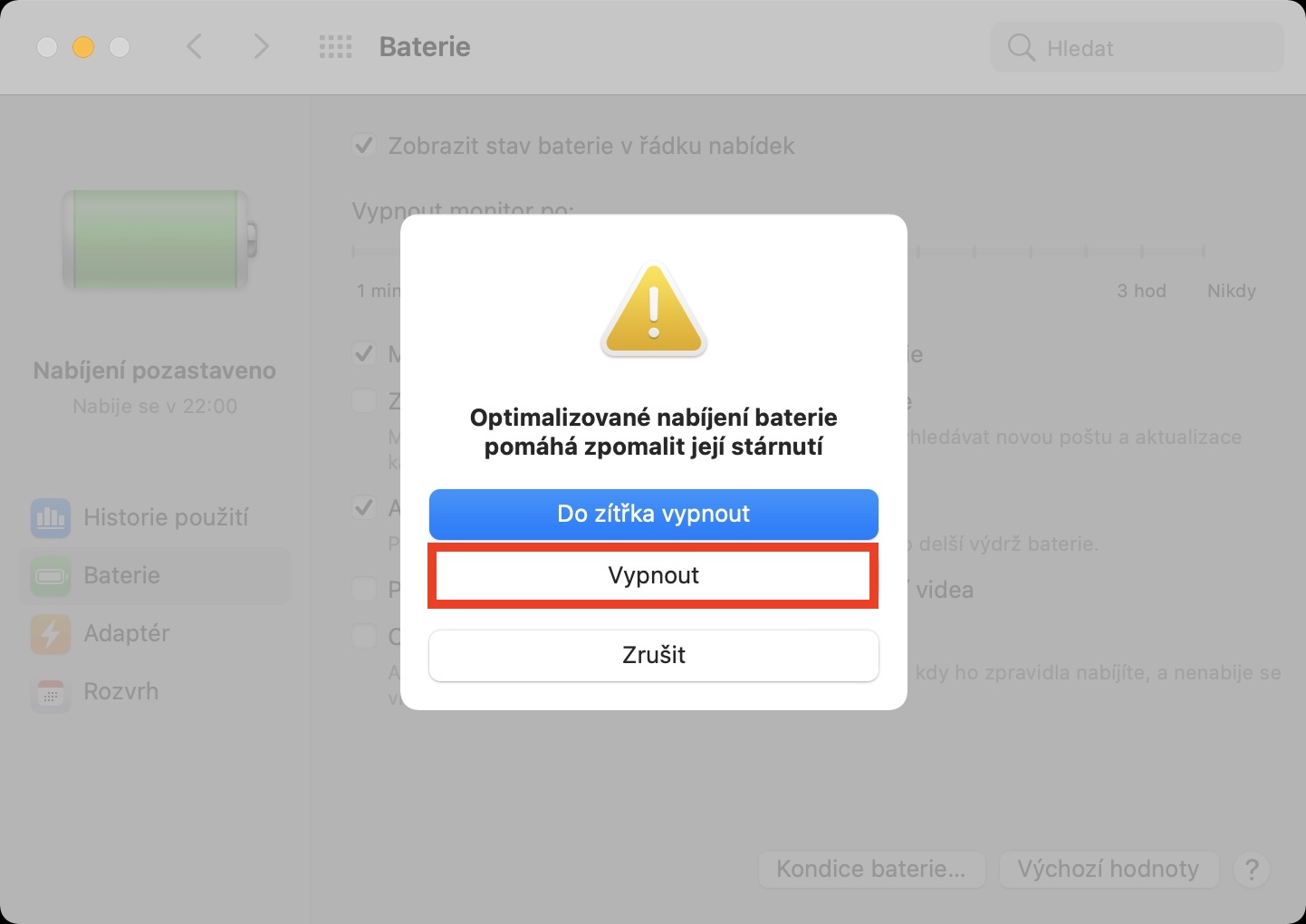Intel-based Macs use battery health management, similar to iPhones. The goal of this feature is of course to extend the battery life of the laptop. Battery Health Management on MacBook with macOS 10.15.5 and later improves battery life by slowing the rate of chemical aging. However, this is a rather clever feature as it tracks the operating temperature history and your charging habits.
It could be interest you
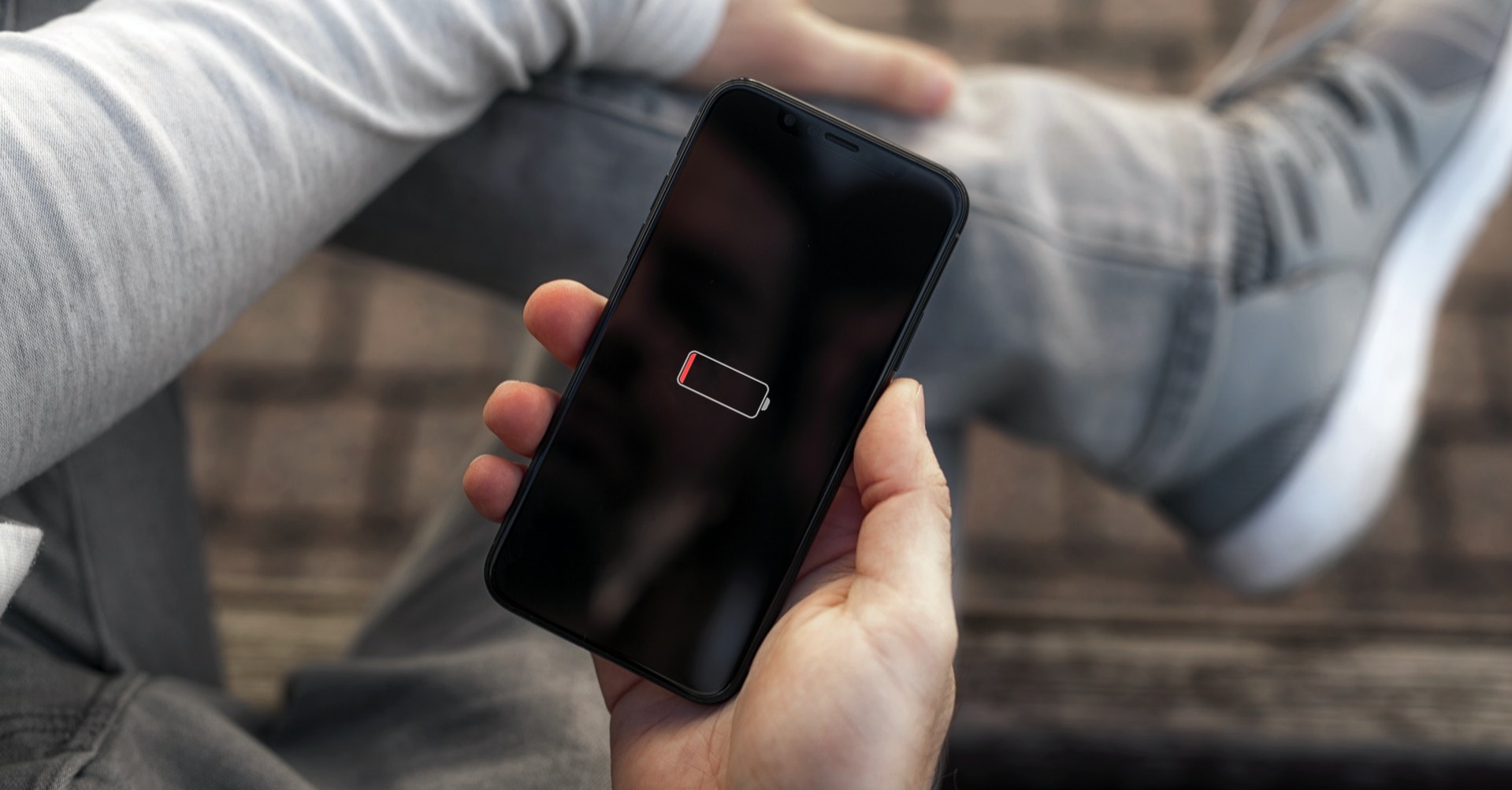
Based on the collected measurements, battery health management in this mode can limit the maximum capacity of your battery. At the same time, it tries to charge the battery to a level optimized for the way you use the computer. This reduces battery wear and slows down its chemical aging. Battery health management also uses measurements to calculate when the battery will need to be replaced. Although battery health management is beneficial for long-term battery life, it can limit the battery's maximum capacity and thus reduce the amount of time your Mac can last on a single charge. So you need to prioritize what is more important to you.

MacBook not charging: What to do if MacBook charging is suspended
When you buy a new Mac with macOS 10.15.5 or later or upgrade to macOS 10.15.5 or later in a Mac laptop with Thunderbolt 3 ports, battery health management will be on by default. To turn off battery health management on an Intel-based Mac laptop, follow these steps:
- On the menu Apple choose System Preferences and click on Battery.
- In the sidebar, click on Battery and then on Battery health.
- Deselect Manage battery life.
- Click Turn Off and then OK.
- Note that battery life may be reduced when the feature is turned off.
If your Mac's battery is on hold
MacBooks with macOS Big Sur learn from your charging habits, which also improves battery life. It uses optimized battery charging to extend battery life and reduce the time your Mac is fully charged. When this feature is turned on, the Mac will delay charging above the 80% level in some situations. What does it mean? That if you are not paying attention, you can go on the road with a not fully charged machine. And you probably don't want that.
It could be interest you
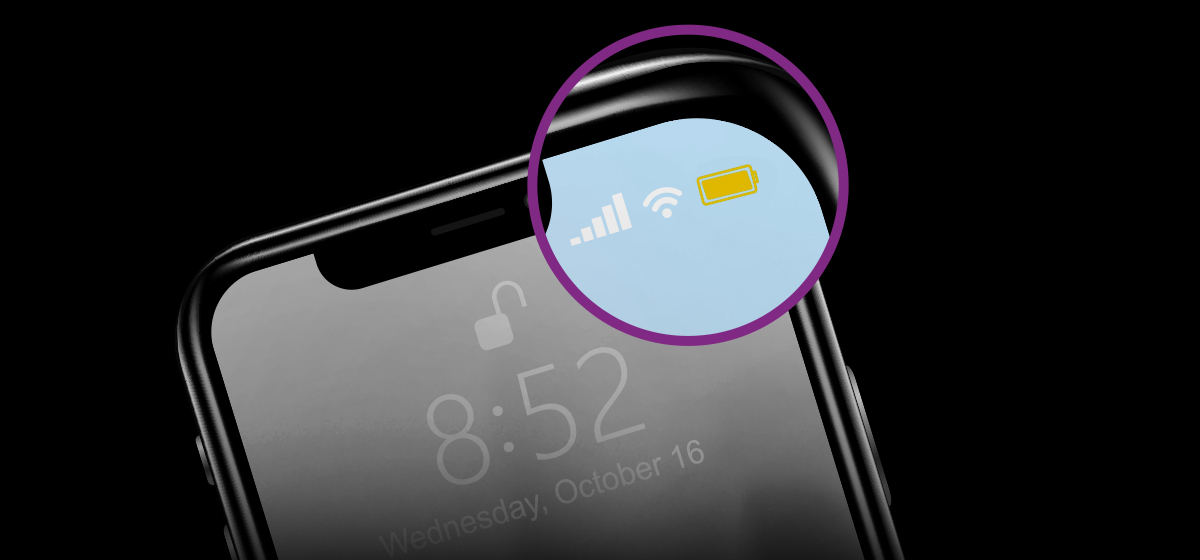
So when you need to have your Mac fully charged sooner, click Full Charge in the Battery Status menu. If you don't see the battery icon in the menu bar, go to -> System Preferences, click the option Battery and then once again on Battery. Select here Show battery status in the menu bar. When you click on System Preferences Dock and menu bar and selects an option Battery, you can also display charge percentages here.
To temporarily pause or completely turn off optimized battery charging, proceed to the menu Apple -> System Preferences. Click on the option Battery and then select an option in the sidebar Battery. Uncheck the option here Optimized battery charging and then click an option Turn off or Turn off until tomorrow.
This article only applies to MacBook with an Intel processor. Menus may vary depending on the macOS system you are using.
 Adam Kos
Adam Kos 